
Nursing interventions for Epidermodysplasia Verruciformis
Advise patient to avoid cutting, shaving, brushing, or picking lesions Advise patients to wear shower shoes in locker rooms or public showers Wash hands carefully after touching a lesion Keep patient’s hands and feet dry and clean as possible since there is a greater chance of organisms growing in warm and moist environments Be […]
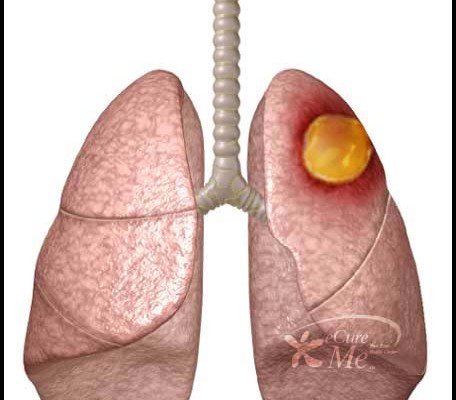
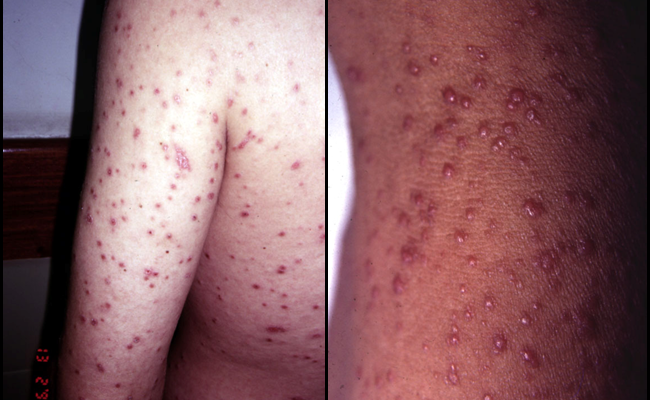
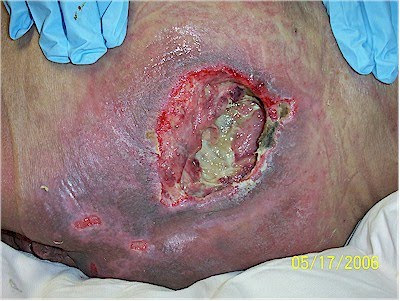
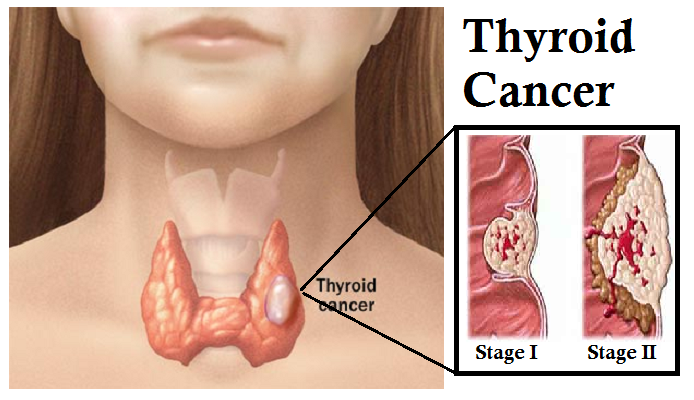
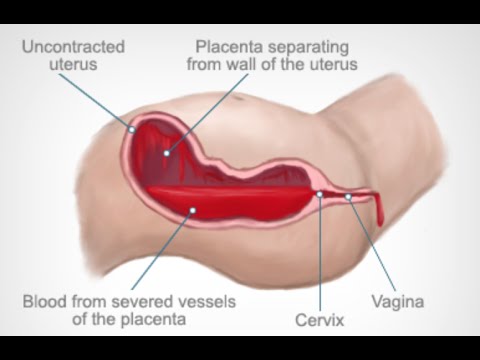








Recent Comments